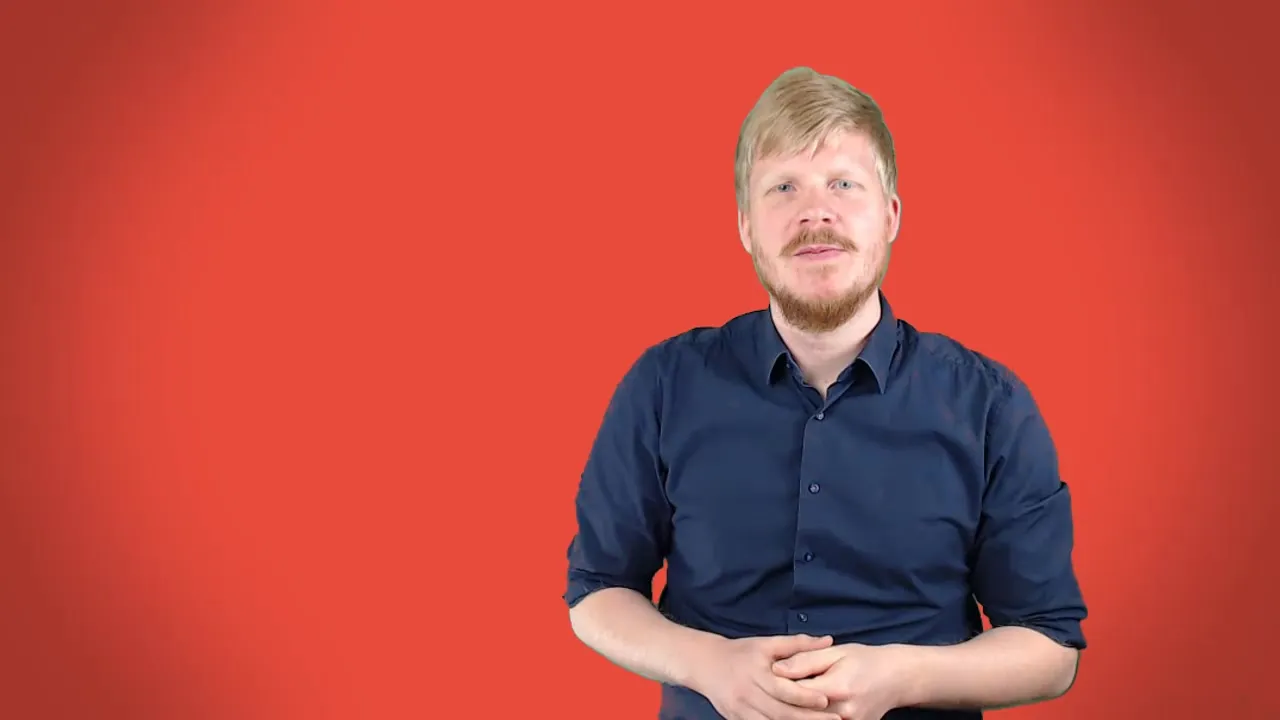Images, videos and links are like bubbling springs in a desert of text: they enliven your articles and give them that certain something. If you want to blog successfully, it's crucial to use these elements effectively. In this guide, you'll learn how to integrate images and videos into your blog and place links cleverly to offer your readers real added value.
Key findings
- Images and videos increase the attractiveness of a blog article and make it more memorable.
- Links to thematically relevant pages increase the credibility of your blog and can improve your ranking in search engines.
- Networking with other bloggers can lead to reciprocal links and help your blog gain more visibility.
Step-by-step instructions
Step 1: Insert images
First of all, it's important to choose appealing images that give your article a visual appeal. To insert an image into your blog article, go to the "Add media" button in your WordPress editor. There you can upload an image or select one from your media library. Make sure the image is in good quality and contains relevant alt text to optimize the image description.
Step 2: Integrate videos into the blog
Videos are an excellent way of explaining complex content in an easily understandable way. To insert a video, you usually need an embed code, which you can obtain from platforms such as YouTube or Vimeo. Go to your WordPress editor, insert the embed code in HTML mode and save the changes. Make sure that the video matches the topic of your blog article so that readers are not only entertained but also informed.

Step 3: Set links
Setting links should be done strategically. There are two types of links that you can include in your blog article: internal and external links. Internal links lead to other pages on your website, while external links point to other websites. Make sure that you only link to high-quality and thematically relevant websites in order to offer your readers added value. This not only promotes networking, but also has a positive impact on your search engine ranking.
Step 4: Link to other bloggers
Link to other bloggers who offer related content. This not only has the practical advantage that you provide your readers with valuable information, but also that the linked bloggers may link back to you. The internet thrives on networking, and good relationships with other bloggers can help your blog gain more visibility.
Step 5: The importance of quality content
It is essential that the images, videos and links you use are of high quality. Think about what information will really help your readers and which visual or textual elements work best? A well-designed article that contains both text elements and multimedia content will attract more readers and keep them on the page for longer.
Summary - Successful blogging with images, videos and links
This guide has shown you how to work with images, videos and links in your blog article. You have learned how important these elements are to offer your readers a unique experience and increase the visibility of your blog at the same time. Put what you've learned into practice and make the oases of your blog articles accessible to your readers!
Frequently asked questions
What is the benefit of using images in a blog article?Images increase the appeal and help to illustrate complex information.
How do I insert a video into my blog?Use the embed code from video platforms and insert it into the HTML mode of your editor.
Why are links important in blog articles?Links provide additional value to readers and improve your search engine ranking.
How do I choose the right links?Only link to thematically relevant and high-quality pages that offer added value.
Why should I link to other bloggers? Linking to other bloggers promotes networking and can lead to reciprocal links.


